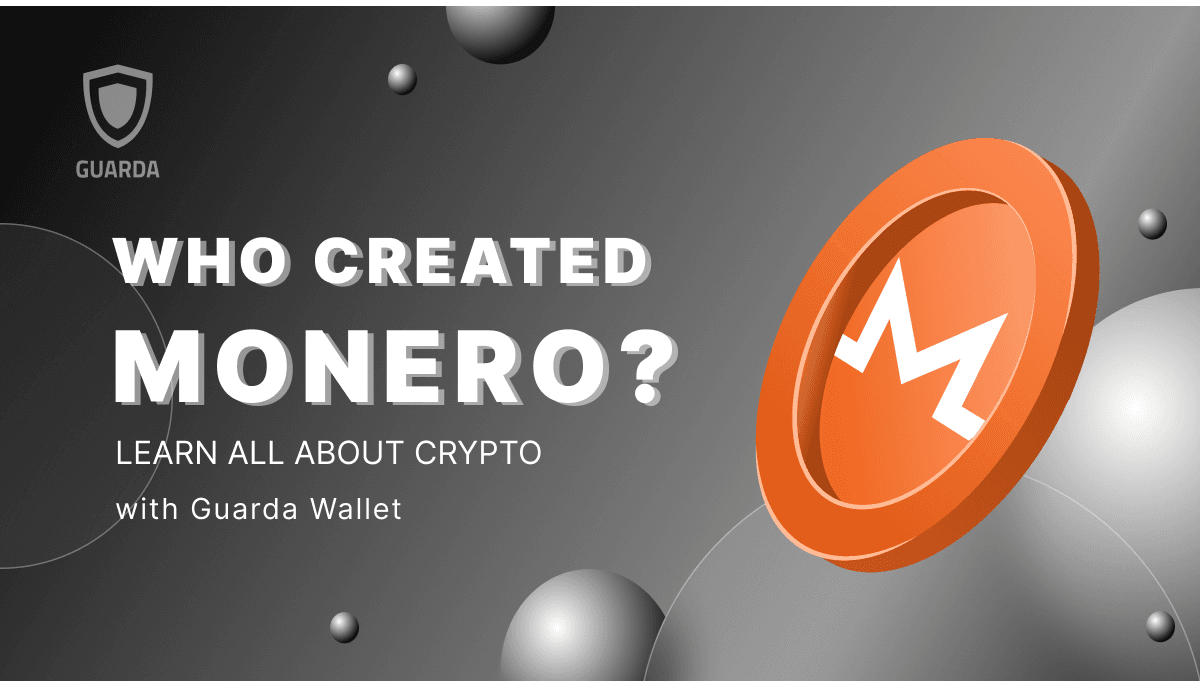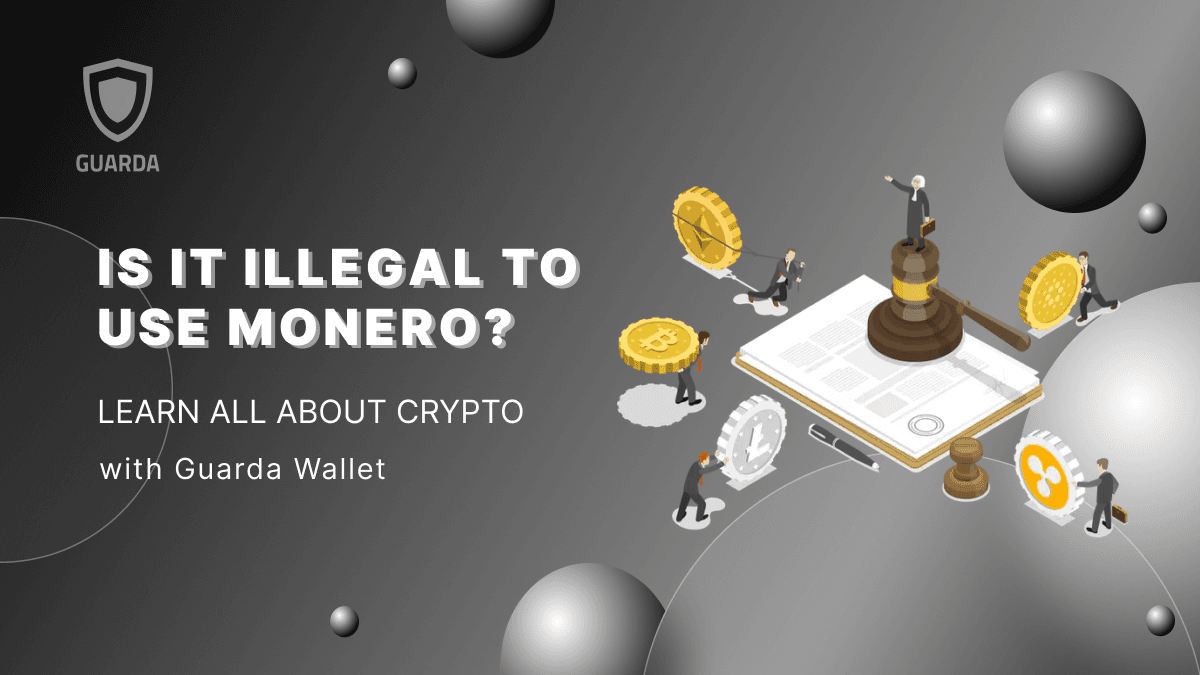What is NFT?
NFT corresponds to the abbreviation “Non-Fungible Token”, which means that the asset is unique. It can’t be changed and can’t be exchanged for another token of the same value because they are not equal. These assets are digital meaning they have no correlation to the physical world.
These NFTs have the property of not being interchangeable with each other, they can only be exchanged for a number of cryptocurrencies. What NFTs provide is proof of authenticity and asset ownership in the immutable blockchain system. Currently, the most commonly used blockchain to create NFTs is Ethereum because of the flexibility and how easy it is to create a smart contract.
How do NFTs work?
To better understand what NFTs are all about, we need to see how they work and what you can do with them. Any digital content can be tokenized thanks to blockchain technology and smart contracts. It can be provided with metadata that guarantees its authenticity.
Once an NFT is purchased, the new buyer takes ownership of the token as well as the asset it represents. But this is where it gets tricky. In the case of NFTs that represent digital property, such as a tweet or meme, a non-interchangeable token usually gives the buyer the right to brag about owning the digital property of the post or meme on social media. But that doesn’t mean deleting the tweet or meme and hiding it from public view. Likewise, anyone who retweets a post or shares a meme is not violating copyright.
This makes most digital NFTs similar to collectibles, which do not require destroying real property or restricting its use in public places. Thus, one can find crypto art, collectibles such as cryptokitties, digital artwork, and various digital collectibles among other items found in the NFT marketplace. Someone might find that the first tweet, NFT art, gifs, a video clip, a video game rendering, or even a Nyan cat can bring in a lot of money.
Basic facts about NFT
NFT represents real assets such as music, works of art, images, and others. Like the Mona Lisa, these goods are unique in the world and cannot be reproduced. Unlike Bitcoin which has 21 million units equal to each other, NFT is unique and has the following characteristics:
- Represents some commodity from the physical or purely digital world;
- Has a blockchain record that identifies that NFT as unique, preventing fraud;
- Allows digitization of works that were previously restricted to the physical world, such as art;
- NFT tokens are created using their own standard - the most common standard is ERC-721, which is used for tokens created on Ethereum (ETH).
What are NFTs in 2021?
NFTs are digitally tradable items in this meta classical universe. NFTs can be clothes for your avatar, a virtual trading card of a soccer player, a digital music album of your favorite band, or a screenshot of the first tweet ever created. NFTs can be digital sneakers or an old Internet meme.
NFTs have two important features.
- First: As the name implies, they are not interchangeable, that is, they are not interchangeable. This is how they differ from cryptocurrencies. If you have ten Bitcoins, it doesn’t matter which Bitcoin you pay with. The value of the Bitcoin currency itself may rise or fall, but each bitcoin always has the same value. The value of NFT varies. If you buy a collection of 100 collectible soccer cards that look the same, the value of each card can change over time.
- The second important property of NFT is that each person has a clearly identified owner. The reason for this is the crypto technology behind cryptocurrencies and NFT, the blockchain. Simply put, it would not be correct to go into details: blockchains are databases that are managed by millions of people at the same time. Since blockchain data is never deleted, all the information ever stored on it can be tracked indefinitely.
The technical side of the NFT
NFT is not exactly a new technology. The first one was launched in 2012, when colored coins, also known as Bitcoin 2.x, were introduced, but the coin never made it to the wafer. Currently, the most common example of NFT is the ERC-721 standard, which works in the Ethereum network, but there are other standards, such as ERC-1155.
What are the applications of NFTs and what are the benefits of using them?
One of the first applications that emerged during the development of the ER-721 standard was Cryptokitties, which is nothing more than a blockchain-based game for collecting virtual cats and selling them for cryptocurrency. In any case, the applications of NFTs are very broad, as they can represent all kinds of physical or digital assets. The problems we can find are related to the regulatory constraints that the commercialization of certain assets in the physical world implies, as is the case, for example, if we intend to tokenize real estate assets. Blockchain is a technology that can be used to execute and store transactions in a registry that, because of its technical characteristics, provides greater security with respect to, essentially, the integrity of transactions. The fact that we can do this with unique and non-interchangeable tokens provides greater transaction security because the item represented in the specified token is unique and cannot be represented in another token.
What can be an NFT?
Any digital asset can become an NFT. Since the introduction of NFTs, we have seen:
- Works of Art
- Tweets
- GIFs
- Songs
- Video game purchases
- Domain names
Why pay for NFT when I can watch it for free?
In the art trade world, having an NFT work means owning that work. The answer to that question depends on how much you value originality. Is seeing an original Mona Lisa the same as seeing a replica hanging on the wall? For some people, it might be. The fact is that digital works have always been very easy to copy and replicate. Most creators never make any money from what they’ve made. NFTs are changing that landscape. Copying any image or video can still be easy, but NFT itself, that unique code with registered purchase and sale, is unique. Beeple’s digital collage can be viewed on Google just like the Mona Lisa. But the owner knows it’s the original.
NFT – well-known art and artists who are already working with technology
Kings of Leon has already released an album on NFT. Artists such as Grimes, Ja Rule, Lindsay Lohan, and others have invested in the system. The system’s utilities are varied. Kings of Leon, for example, distributed the record on NFT in short, the band provided several “original ‘’ copies of the record as if they were physical records. This company ended up making over two million dollars from the experiment.
What industries can be transformed by NFT?
A virtual closet, a cryptographic art gallery, a digitized document wallet … The future could be full of non-interchangeable tokens or NFTs.
There have been several recent sales of NFT artworks that have made a big impact, with some of them selling for millions of euros. However, the potential for NFT goes far beyond digital art. Let’s look at a few examples of industries that could change with the development of NFT.
Games
One of the biggest problems with the gaming industry is that when gamers buy resources in games, game developers can remove them at any time.
People spend entire fortunes on games like Fortnite, but those assets are usually owned by the company that created the video game and stored on their systems. If the company closes or goes bankrupt, users risk losing the virtual assets they previously paid for.
If assets created in video games were created as NFTs, users would be guaranteed that their assets are not subject to the decisions of the video game creators, but that the property would belong to them, which creates opportunities for secondary markets. This way, it would be much easier for users to give it away, send it to someone, or sell it at auction. Even a skin bought in Fornite could be used in Roblox and sold to another user who could use it in Minecraft, promoting consistency across platforms and digital ecosystems.
Music
Music is another industry that will inevitably be revolutionized and democratized by NFT, no longer controlled by record labels, radios, or any other means of transmission that will be controlled by its true creator. Artists such as Kings of Lion, Aphex Twin, Gorillaz and even The Weeknd have already joined in selling music through NFT.
The end of piracy?
If the idea of the NFT is to secure ownership of items that previously “had no owners” (or were not even presented as something marketable), will this concept be a solution to the problem of Internet piracy? Many people think that NFT solves the problem of plagiarism and piracy, but unfortunately, it doesn’t. People with bad intentions can put someone else’s work up for sale. It’s a crime, and it’s something platforms that sell NFTs fight against,” he says.
Every time an NFT is sold, a commission is sent to the creator of the work and the platform on which the sale occurred. “This guarantees the artist a steady income from all future sales of his work,” he says. In the case of the meme about the girl on fire, all other files available online with the photo continue to circulate. But the original file of the photo, and the “owner” status of it, now belong to one person.
The legal side of the NFT
From a legal point of view, you have to read the contract to understand that the token complies with the license to use. That is, the buyer has the right to view the work both privately and publicly and to use it (that is, to charge those who want to see it) under certain conditions specified in the license (in particular, disconnecting all harsh remarks). This right had previously been granted to YouTube, but the Davis-Carr family decided to remove the video from the platform and allow its users to be the highest bidder without giving up their intellectual property.
Now technically, the vehicle for this license is a token registered in a shared ledger, usually in a blockchain. This is often the Ethereum chain (via the ERC-721 or ERC-1155 “standards”), but other protocols such as Tezos also offer the placement of tokens representing the right to use digital works.
Irreplaceable tokens are like digital certificates of authenticity.
On platforms such as Foundation, OpenSea, Rarible, or Super Rare, an artist can upload their work and create an NFT - for a fee. A unique signature is created for the artwork that is stored in the blockchain, but not for the artwork itself. The signature can only be held by one person or their cryptocurrency wallet and can only be transferred to that person. If an artist sells an NFT, he is not selling the artwork itself, not even the copyright or usage rights, but this digital certificate of authenticity representing the artwork.
Who are the Wicked Craniums?
Wicked Craniums are the pictorial representation of the 10,762 Craniums that belong to the island of Osseous (they have over 180 differentiable characteristics), they live on the Ethereum Blockchain in the form of an NFT.
They first dropped on June 20th and sold out in 32 minutes! If you want a Cranium, you can get one in our Giveaway. Hold NFTs
How can you buy NFT?
You can use various NFT marketplaces and then send them to Guarda. With Guarda, you can not only store your NFT assets but also have a look at them. In case you have ERC-721 or ERC-1155 tokens in your ETH balance, you can safely view them in your wallet



